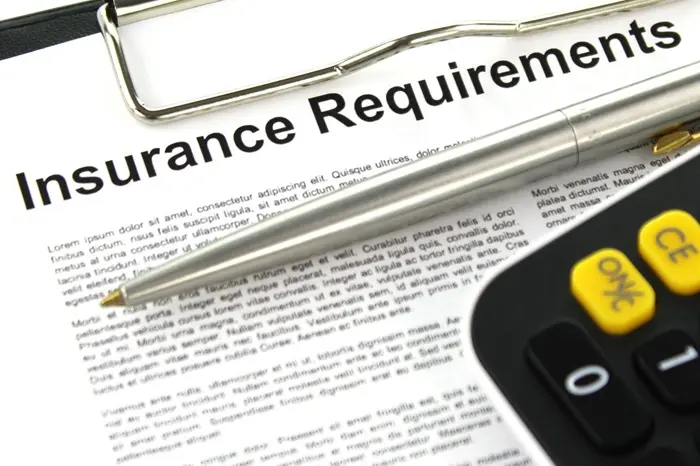Changing your car insurance can seem like a daunting task, especially for those new to the insurance market. However, understanding when and how to switch insurance providers can save you money, improve your coverage, and provide better service. With many insurance companies competing for your business, taking the time to review and possibly change your car insurance policy is a smart financial decision.
This comprehensive guide will walk you through everything you need to know about changing your car insurance—from understanding why you might want to switch, the best time to do it, how to compare policies, to the steps involved in making the change. We will also discuss common pitfalls to avoid and tips for ensuring a smooth transition.
As auto insurance policies and pricing can vary widely, knowing how to navigate the complexities of the insurance trading landscape will empower you to make informed decisions. Whether you are looking to reduce your premium, update your coverage, or switch providers for better customer service, this guide will provide you with the essential knowledge to proceed confidently.
Why Change Your Car Insurance?
There are several reasons why car owners consider changing their insurance provider:
Cost Savings: Insurance prices fluctuate, and switching providers can lead to significant premium reductions.
Better Coverage Options: Some insurers offer policies tailored to your specific needs, such as more comprehensive protection or add-ons.
Improved Customer Service: If your current provider has poor customer service, switching can improve your overall experience.
Life Changes: Major life events like moving, buying a new car, or changes in driving habits may require different coverage.
Discount Opportunities: New insurers might offer discounts for safe driving, bundling policies, or other factors.
Understanding your motivation for switching helps you focus on finding a policy that aligns with your needs.
When Is the Best Time to Change Car Insurance?
Knowing the optimal time to change your car insurance can prevent lapses in coverage and financial penalties:
At Policy Renewal: The most common and safest time is at the end of your current policy term.
After Major Life Events: Moving, marriage, or purchasing a new vehicle can be ideal times to reassess your coverage.
When Your Premium Increases: If your current insurer raises rates, shopping around can find better deals.
Before Buying a New Vehicle: You can tailor coverage to your new car’s needs.
Changing mid-policy is possible but requires careful coordination to avoid gaps in coverage.
How to Compare Car Insurance Policies
Comparison shopping is crucial to ensure you get the best value. Key factors to evaluate include:
Coverage Limits: Ensure the policy covers your needs—liability, collision, comprehensive, uninsured motorist, etc.
Premium Costs: Look beyond the monthly cost—consider deductibles and out-of-pocket limits.
Discounts: Ask about available discounts like multi-policy, good driver, or safety feature discounts.
Customer Reviews and Ratings: Research insurer reliability, claims handling, and customer satisfaction.
Policy Flexibility: Can you customize coverage as your needs change?
Use online comparison tools and consult with insurance agents to gather detailed quotes.
Steps to Change Your Car Insurance
Follow these steps for a seamless transition:
Review Your Current Policy: Understand your existing coverage, premiums, and contract terms.
Shop for New Insurance: Gather multiple quotes and evaluate policy details.
Confirm New Coverage: Choose the policy that best fits your budget and needs.
Cancel Your Old Policy: Notify your current insurer, preferably after your new policy is active.
Notify Your State DMV and Lender: Ensure your new insurer’s information is on file to avoid penalties.
Keep Documentation: Save confirmation of cancellation and new policy documents.
Timing is essential—avoid gaps in coverage to prevent legal and financial risks.
Common Mistakes to Avoid When Changing Insurance
Avoid these pitfalls for a smoother experience:
Allowing a Coverage Gap: Do not cancel your old policy before the new one starts.
Ignoring Policy Details: Look beyond price—coverage limits and exclusions matter.
Failing to Notify Relevant Parties: Inform your DMV, lienholder, and others as required.
Overlooking Discounts: Ask about all available savings to reduce insurance price.
Being thorough prevents surprises and potential financial loss.
How Changing Car Insurance Fits Into the Insurance Market
The market is highly competitive, with new products and pricing strategies emerging regularly. Consumers who actively engage in insurance trading benefit from competitive premiums and improved coverage options. Staying informed about market trends and insurer offerings helps ensure your car insurance aligns with your financial goals.
Conclusion
Changing your car insurance is a significant financial decision that requires careful planning and research. By understanding why to change, when to do it, and how to compare policies, you can navigate the process confidently and secure better coverage at a fair price. Avoiding common mistakes and knowing the steps involved will help you maintain continuous protection and peace of mind.
With the dynamic nature of the car insurance landscape, being proactive and informed about your options ensures you maximize value and security. Whether motivated by cost savings, coverage improvements, or life changes, this guide provides the foundation for a successful transition in your car insurance journey.
Related topics:
































